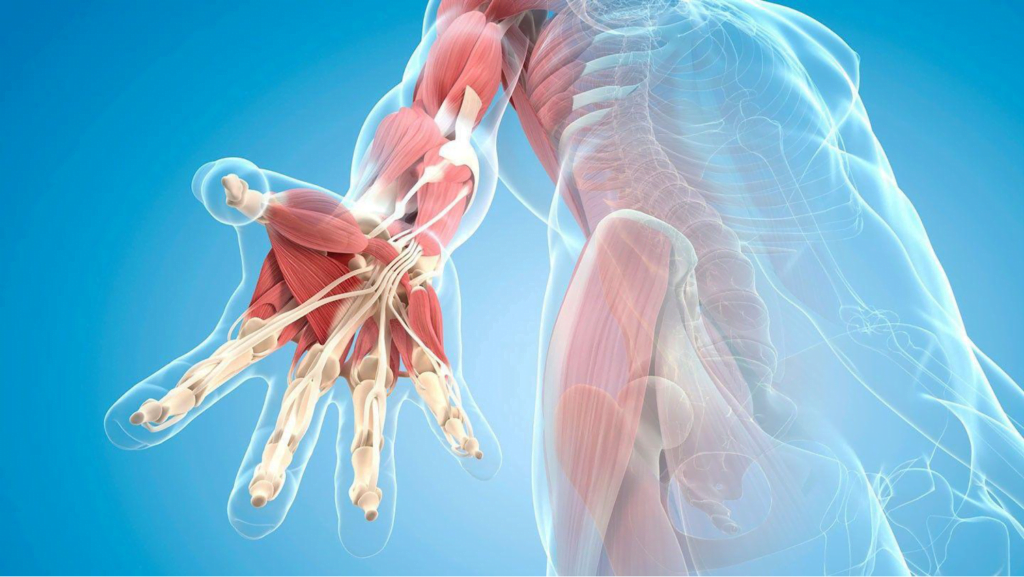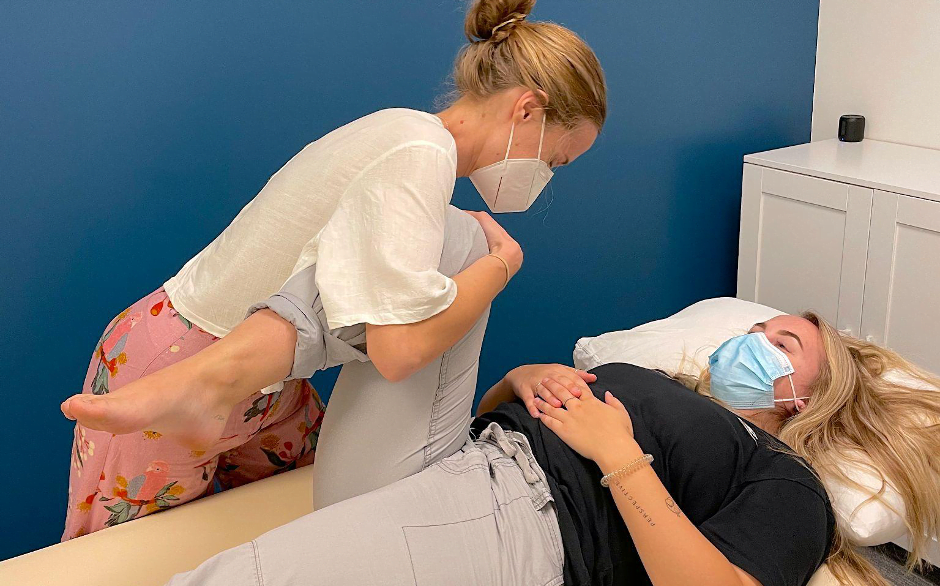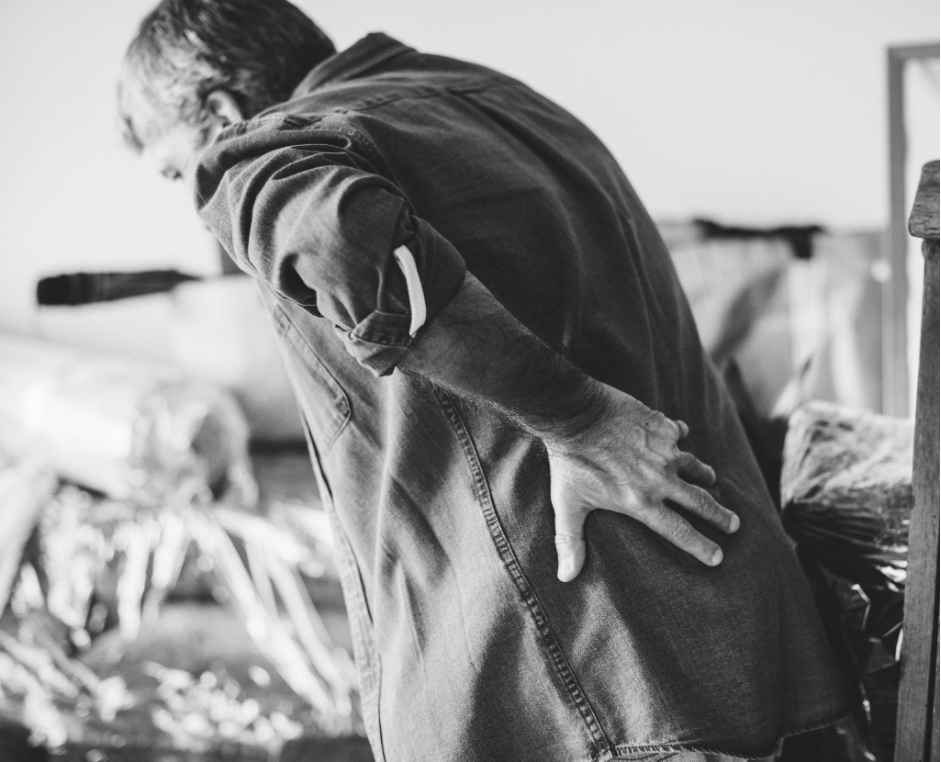The Origin of Osteopathy
Osteopathy was founded by Andrew Taylor Still, who initially studied to become a physician in the 1850s and began practising traditional methods of medicine. After multiple family members suffered diseases that led to their deaths, Still began to reject much of what he had learned about medicine and begin to look for better approaches to medical treatment. Still began studying deeply into anatomy as he started to develop new methods of healing. Still developed theories and techniques that he began to implement in practice, healing many seemingly uncurable cases. He believed that the body would only function properly if all of its parts were working in proper relationship to one another and practised based off this belief. This practice became officially known as osteopathy in 1885. Still began to train others, and eventually opened a school in 1892 where many more were trained in osteopathy. Osteopathy continued to grow and started to spread around the world. Two branches of osteopathy arose early on – manual osteopathy (manual treatment only), and osteopathic medicine (practitioners receive medical training and provide medical treatments). Osteopathic medicine is only available to study in the USA, whereas osteopathic training around other parts of the world is focused on manual osteopathy. Still developed four key principles that still govern the practice of osteopathy today:- The body is a unit, and the person represents a combination of body, mind and spirit
- The body is capable of self-regulation, self-healing and health maintenance
- Structure and function are reciprocally interrelated
- Rational treatment is based upon an understanding of these principles
How Osteopathic practice works

Osteopathic practitioners look at the body and the person as a whole. They assess and can influence muscles, joints, ligaments, tendons, fascia, blood flow, lymphatic flow, the nervous system, and digestive organs – considering how all of these structures work together and impact one another. They also look at factors outside the body that can affect what the body is going through – such as stress, past experiences, and lifestyle factors.
Osteopathic practitioners look beyond the presenting symptoms to determine the root cause of pain and dysfunction and they can tap into the body’s own healing capabilities to get long lasting results.
An osteopathic practitioner tailors treatment and management plans to each individual’s goals, needs and preferences.
What can I expect in a session?
Osteopathic treatment sessions are carried out within a private treatment room. The session begins with the patient sharing their story – why they are seeking treatment, and what they hope to achieve. The osteopathic practitioner will ask a wide range of questions about their complaint, as well as their general health, medical history, and lifestyle in order to gain a broad perspective on the patient’s health and the factors contributing to their current complaint.
The practitioner will then carry out an assessment – this may include assessing posture, testing the movement of various joints, testing muscle strength, testing nerve function, and hands-on palpation (purposeful touch assessing various body tissues – including muscles, bones, ligaments, tendons, fascia and joints). This is all used to understand what treatment and management may be beneficial for the individual patient.
The practitioner will give an explanation of what they have found in their assessment, explain how they would like to approach treatment, and then gain the patient’s consent to proceed with treatment.
An osteopathic treatment can vary widely. It can be firm and direct, or it can be gentle and indirect. The type of treatment each patient receives will depend on what is going on in their body at the time, and their preference for treatment styles. The treatment portion of the appointment often takes up the majority of the appointment time.
The osteopathic practitioner may also provide education, advice on lifestyle adjustments, exercises to perform at home, and any other tips that can be implemented outside of the treatment room to help manage the patient’s condition.
What techniques do Osteopathic Practitioners use?

- Articulation – gentle repetitive joint movements
- Muscle energy technique (MET) – a muscle contract/relax technique
- Muscle stretching
- Soft tissue techniques – massage
- Lymphatic techniques – improving fluid flow and drainage
- Myofascial release
- Balanced ligamentous tension (BLT) – gently restoring optimal tension to ligaments
- Visceral techniques – gentle techniques targeted to internal organs
- Counterstrain – gentle muscle release
- Functional technique – gentle joint release
Benefits of Osteopathy:

Osteopathy can be beneficial for a wide range of complaints – including pain, stiffness, weakness, and restriction in motion. It can also be used as preventative healthcare to keep your body in optimal condition before any major issues arise, or for maintenance of health after recovering from a previous complaint.
Some examples of commonly treated conditions include:
- Back pain
- Neck pain
- Headaches
- Sports injuries
- Peripheral joint pain (hip, knee, ankle, foot, shoulder, elbow, wrist, hand)
- Prenatal and postnatal pain
- Postural pain
- Jaw pain
- Arthritis
- Musculoskeletal effects of breathing conditions (e.g asthma, COPD)
- Digestive issues (e.g. constipation, reflux, bloating)
Does Osteopathy hurt?
Most osteopathic treatment is gentle and will not cause excessive pain or discomfort. Some areas requiring treatment may be tender or painful. Osteopathic practitioners will endeavour to minimise any pain or discomfort caused by the treatment. A gentle, indirect treatment approach can be taken to prevent causing pain when working in painful areas.
Are there any side effects?
Some patients may experience temporary discomfort or pain following treatment that can last for a day or two. Patients may also experience a minor headache or fatigue. This is normal and should not be cause for concern.
There is a very slight potential for more serious risks to arise from manual therapy if techniques are performed where contraindications exist. However, an osteopathic practitioner will screen each patient to determine if any treatment techniques are contraindicated in their situation, and therefore minimise any adverse effects from treatment.
If you think you might benefit from osteopathic treatment, consult with our Osteopathic Practitioner – you can book online, or if you want to learn more feel free to contact the clinic!

